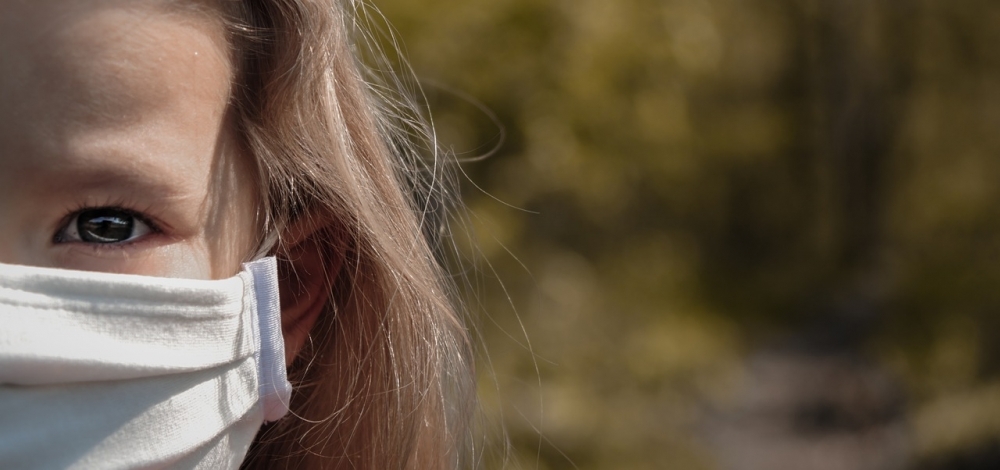

Sample collection is much easier and less invasive. Self-collecting is feasible, depending on the child’s age. Schools should reopen only with mass testing to keep track of asymptomatic cases, the researchers argue (photo: Pedro Wroclaw/Pixabay)
Sample collection is much easier and less invasive. Self-collecting is feasible, depending on the child’s age. Schools should reopen only with mass testing to keep track of asymptomatic cases, the researchers argue.
Sample collection is much easier and less invasive. Self-collecting is feasible, depending on the child’s age. Schools should reopen only with mass testing to keep track of asymptomatic cases, the researchers argue.

Sample collection is much easier and less invasive. Self-collecting is feasible, depending on the child’s age. Schools should reopen only with mass testing to keep track of asymptomatic cases, the researchers argue (photo: Pedro Wroclaw/Pixabay)
By José Tadeu Arantes | Agência FAPESP – Molecular testing of saliva as an efficient and efficacious method to diagnose COVID-19 in symptomatic children has been validated by researchers affiliated with the Institute of Tropical Medicine of the University of São Paulo (IMT-USP) in Brazil, in collaboration with the Special Health Service of Araraquara, a midsize city in the interior of the state.
The study, which was supported by FAPESP, was led by Paulo Henrique Braz-Silva, a professor in the University of São Paulo’s Dental School (FO-USP), and Camila Malta Romano, a researcher at the Medical Investigation Laboratory of Hospital das Clínicas, the hospital complex run by the university’s Medical School (FM-USP). Both are also affiliated with IMT-USP.
An unrefereed article on the study is published on the preprint platform medRxiv.
“We obtained the same diagnostic performance, with approximately 90% sensitivity, for saliva and nasopharyngeal swab,” Braz-Silva told Agência FAPESP.
The trial involved 50 children with mild symptoms associated with COVID-19 who attended a primary health clinic. The researchers took samples of saliva and nasopharyngeal secretion, and tested them by the RT-PCR method, considered the gold standard for diagnosing the disease. “Ten children tested positive for SARS-CoV-2, and saliva was found to be just as efficacious as nasopharyngeal secretion for this purpose,” Braz-Silva said.
The result validates a much simpler and less invasive approach to large-scale testing and one that is particularly desirable for children. “Using saliva to diagnose COVID-19 in children offers a prospect of understanding how SARS-CoV-2 circulates in this portion of the population, especially as schools reopen. It’s so easy to take samples that even self-collecting is feasible for older children,” Braz-Silva said.
Mass testing
Large-scale molecular testing has been one of the most successful control strategies during the pandemic, permitting early identification of infections and contact tracing. In adults, analysis of saliva has displayed 80%-100% sensitivity. This is the first study to corroborate such findings for children.
The article “Saliva as a reliable sample for COVID-19 diagnosis in pediatric patients” is at: www.medrxiv.org/content/10.1101/2021.03.29.21254566v1.full-text.
Republish
The Agency FAPESP licenses news via Creative Commons (CC-BY-NC-ND) so that they can be republished free of charge and in a simple way by other digital or printed vehicles. Agência FAPESP must be credited as the source of the content being republished and the name of the reporter (if any) must be attributed. Using the HMTL button below allows compliance with these rules, detailed in Digital Republishing Policy FAPESP.





